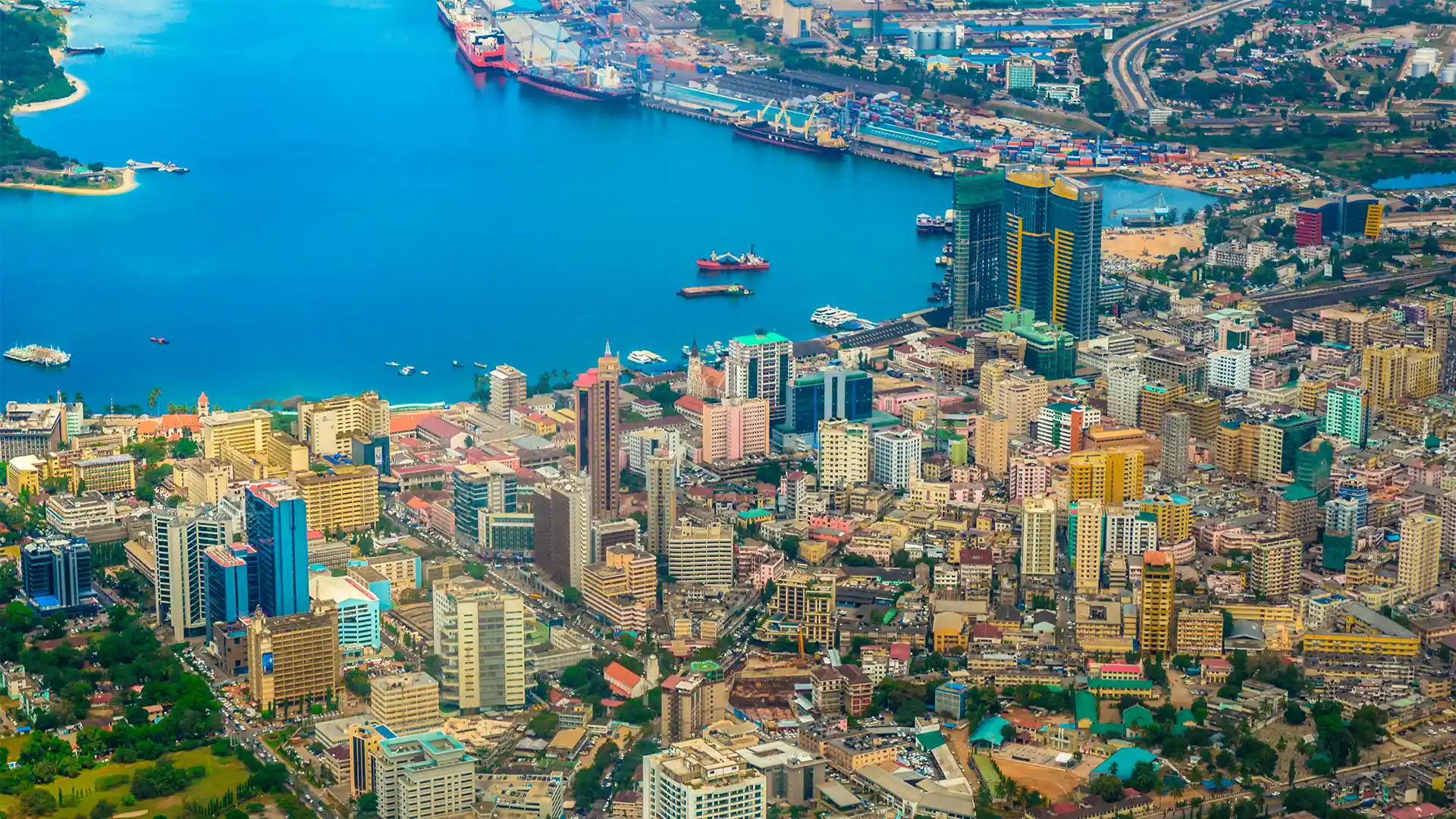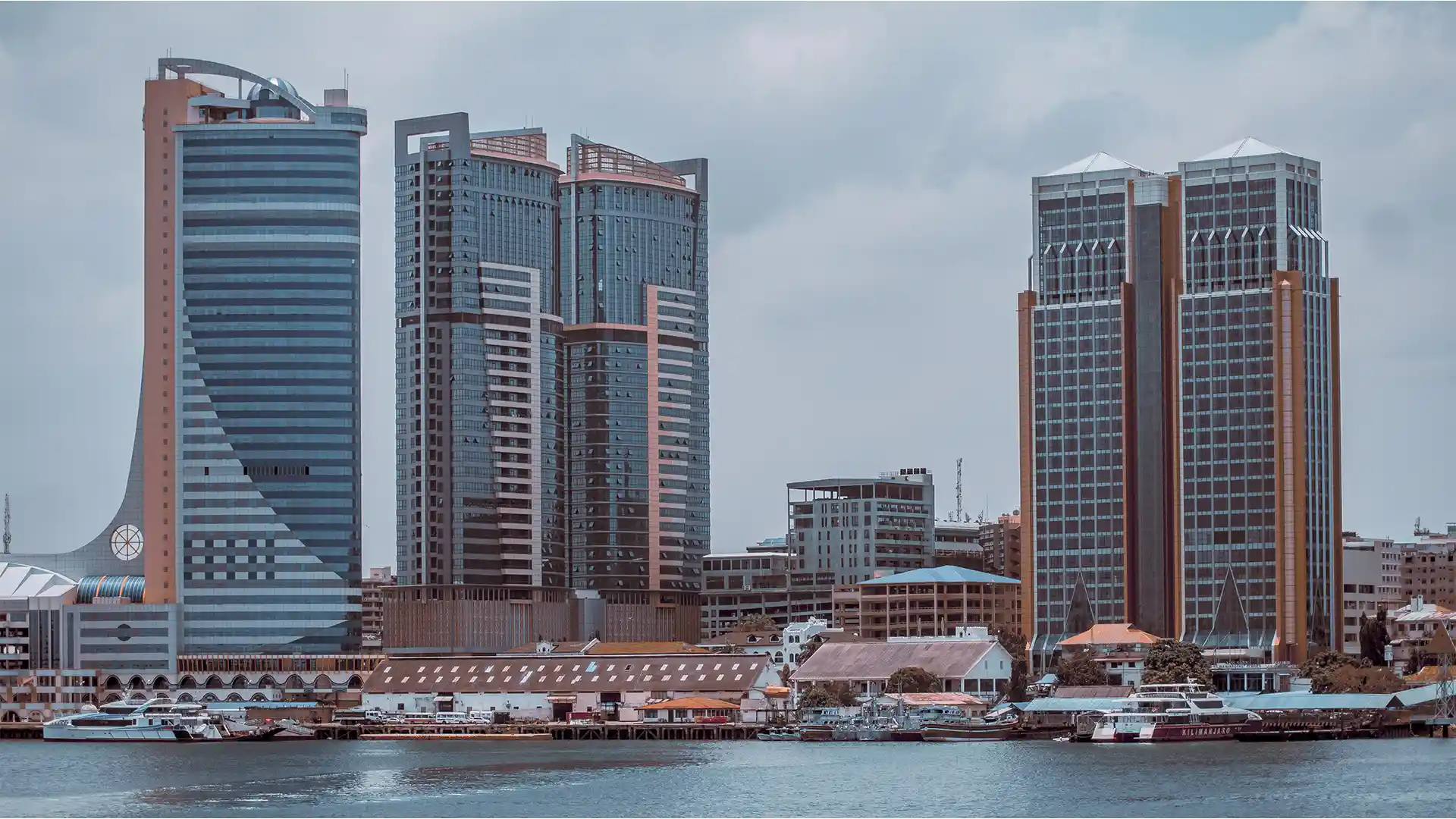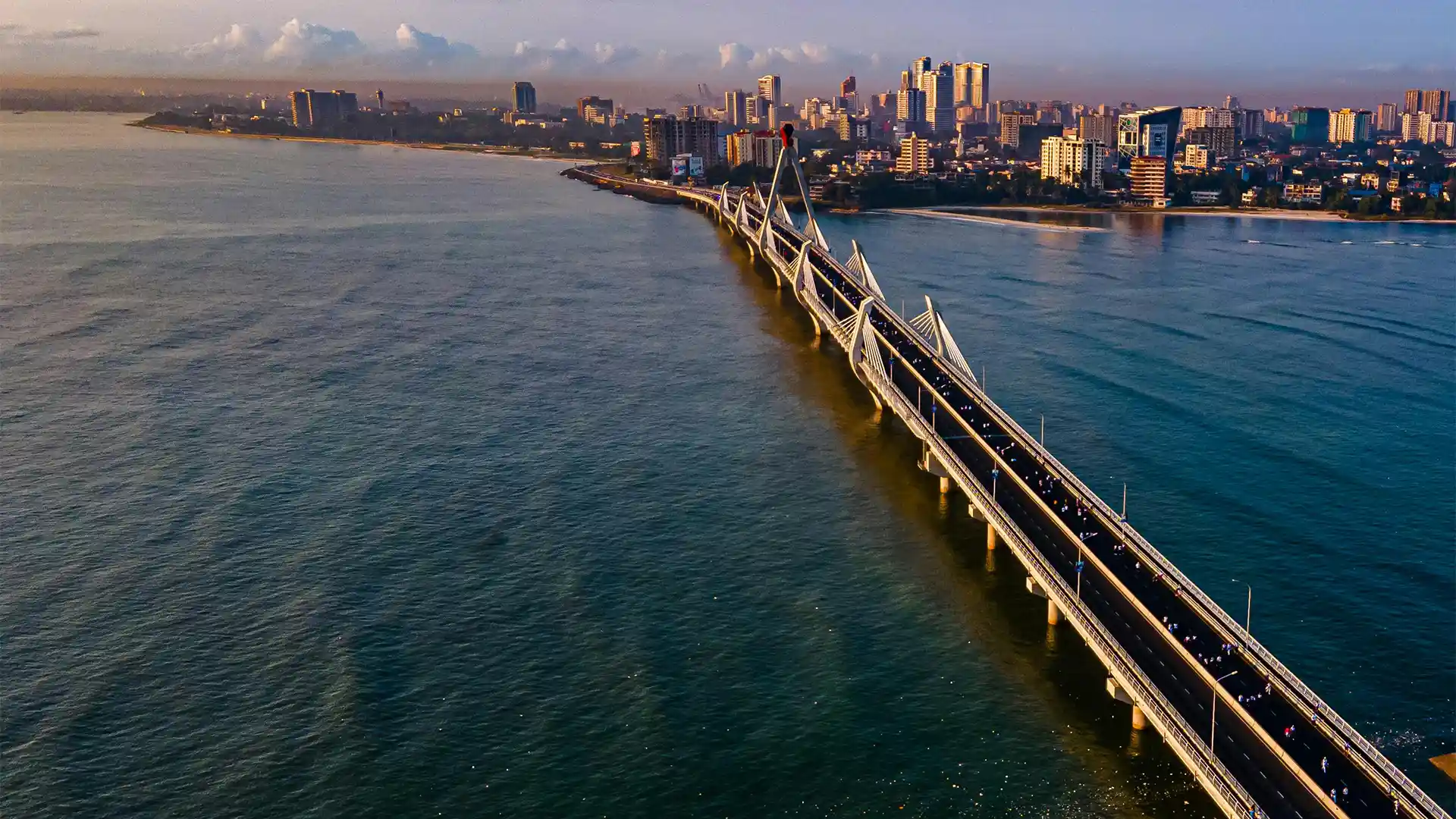Experience Dar es Salaam
Located on the Swahili coast, Dar es Salaam boasts stunning ocean views and a rich history.

Overview
Dar es Salaam, located in the coastal region of Tanzania, is the country’s commercial hub and largest city. With a population of over 6 million people, it is a vibrant and bustling metropolis that is rich in culture and history. The city is home to a diverse mix of ethnic groups, including the Swahili people, who have played a significant role in shaping the city’s identity. The bustling streets are lined with open-air markets, street food vendors, and traditional craft shops, giving the city a unique and authentic feel. Visitors can explore the city’s rich history at the National Museum of Tanzania or take a stroll along the picturesque waterfront. With its warm climate, stunning beaches, and lively nightlife, Dar es Salaam is a must-visit destination for anyone looking to experience the best of East Africa.
City History
Founded in 1865 by Sultan Majid bin Said of Zanzibar, the city’s name translates to “Haven of Peace” in Arabic. Originally a small fishing village, Dar es Salaam grew rapidly due to its strategic coastal location along the Indian Ocean, becoming a key trading hub.
In the late 19th century, the city came under German colonial rule, serving as the administrative and commercial center of German East Africa. The construction of the Central Railway in 1905 further boosted its economic significance. Following World War I, control of Dar es Salaam shifted to the British, under whose administration it continued to expand, attracting a diverse population of Africans, Arabs, Indians, and Europeans.
Post-independence in 1961, Dar es Salaam remained the capital of Tanzania until 1973, when Dodoma was designated as the new capital. Despite this, Dar es Salaam has retained its status as the country’s primary economic and cultural center. The city is known for its vibrant mix of cultures, languages, and traditions, reflected in its bustling markets, diverse culinary scene, and lively arts community.
Architecturally, Dar es Salaam is a blend of colonial-era buildings, modern skyscrapers, and traditional Swahili houses. Notable landmarks include the National Museum, which houses significant artifacts from Tanzania’s history, and the Askari Monument, commemorating African soldiers who fought in World War I.
Today, Dar es Salaam is a dynamic city that balances modernity with tradition. It is a gateway to Tanzania’s renowned attractions, such as the Serengeti and Zanzibar, and plays a crucial role in the nation’s economic and cultural landscape. This thriving city, with its rich history and vibrant present, continues to be a testament to Tanzania’s growth and resilience.
Things to See
National Museum of Tanzania – This museum provides a fascinating insight into the history and culture of Tanzania. It houses a collection of artifacts that span the country’s prehistoric era to the present day.
Askari Monument – This monument commemorates the African soldiers who fought in World War I. The monument is located in the city center and is a popular spot for visitors.
Kariakoo Market – This bustling market is the perfect place to get a taste of the local culture. You can find everything from fresh produce to traditional crafts.
Bongoyo Island – This small island is a popular destination for day trips. It is located just off the coast of Dar es Salaam and offers stunning beaches, crystal clear waters, and spectacular views of the city.
Village Museum – This open-air museum is home to a collection of traditional houses from various regions of Tanzania. It provides an opportunity to learn about the customs, traditions, and way of life of the different ethnic groups in Tanzania.
Tinga Tinga Arts Cooperative Society – This cooperative is a great place to see and purchase traditional Tinga Tinga paintings. The artists here use bright colors and bold brushstrokes to create beautiful and unique pieces of art.
Azania Front Lutheran Church – This historic church was built in the late 19th century and is one of the oldest buildings in Dar es Salaam. It features a unique blend of European and African architectural styles.

Getting In
There are several ways to get to the city, each with its own advantages.
By air, Julius Nyerere International Airport is the main airport serving Dar es Salaam. It is well-connected to major cities around the world, with numerous airlines offering regular flights to and from the airport. From the airport, visitors can take a taxi or a private car to reach their destination in the city. Alternatively, there are several bus services available that provide affordable and convenient transport to the city center.
By road, there are several options available, including buses, minibuses, and taxis. The bus services operate from different parts of Tanzania and neighboring countries, making it easy to reach Dar es Salaam from anywhere in the region. The buses are comfortable and affordable, and they offer a great way to see the countryside and interact with locals along the way.
By train. The Tanzania-Zambia Railway Authority (TAZARA) operates a train service that connects Kapiri Mposhi in Zambia to Dar es Salaam. The train journey takes approximately two days, and it offers a beautiful view of the countryside as it passes through small towns and villages along the way.

Currency
The official currency used in Dar es Salaam, as well as throughout Tanzania, is the Tanzanian shilling. The shilling is a decimal currency with denominations ranging from 500, 1000, 2000, 5000 and 10,000 shillings. The shilling is further divided into 100 cents. The Central Bank of Tanzania is responsible for issuing the currency and maintaining its stability. The Tanzanian shilling is widely accepted in Dar es Salaam and can be easily exchanged at banks and foreign exchange bureaus.
General Knowledge Base
General information about Dar es Salaam, Tanzania.
Dar es Salaam means ‘The House of Peace’ in Arabic.
The population of Dar es Salaam is estimated to be around 6 million people.
The official language of Dar es Salaam is Swahili, but English is widely spoken as well.
Ugali, a type of maize flour porridge, is a staple food in Dar es Salaam and is often served with a variety of stews or curries.
The PSPF Tower, standing at 35 floors, is currently the tallest building in Dar es Salaam.
Kariakoo Market is the largest market in Dar es Salaam, offering a wide range of goods and services.
Islam is the predominant religion in Dar es Salaam, with a significant Christian minority.
The Indian Ocean coastline is the biggest natural attraction in Dar es Salaam, offering beautiful beaches and clear waters for swimming and water sports.
